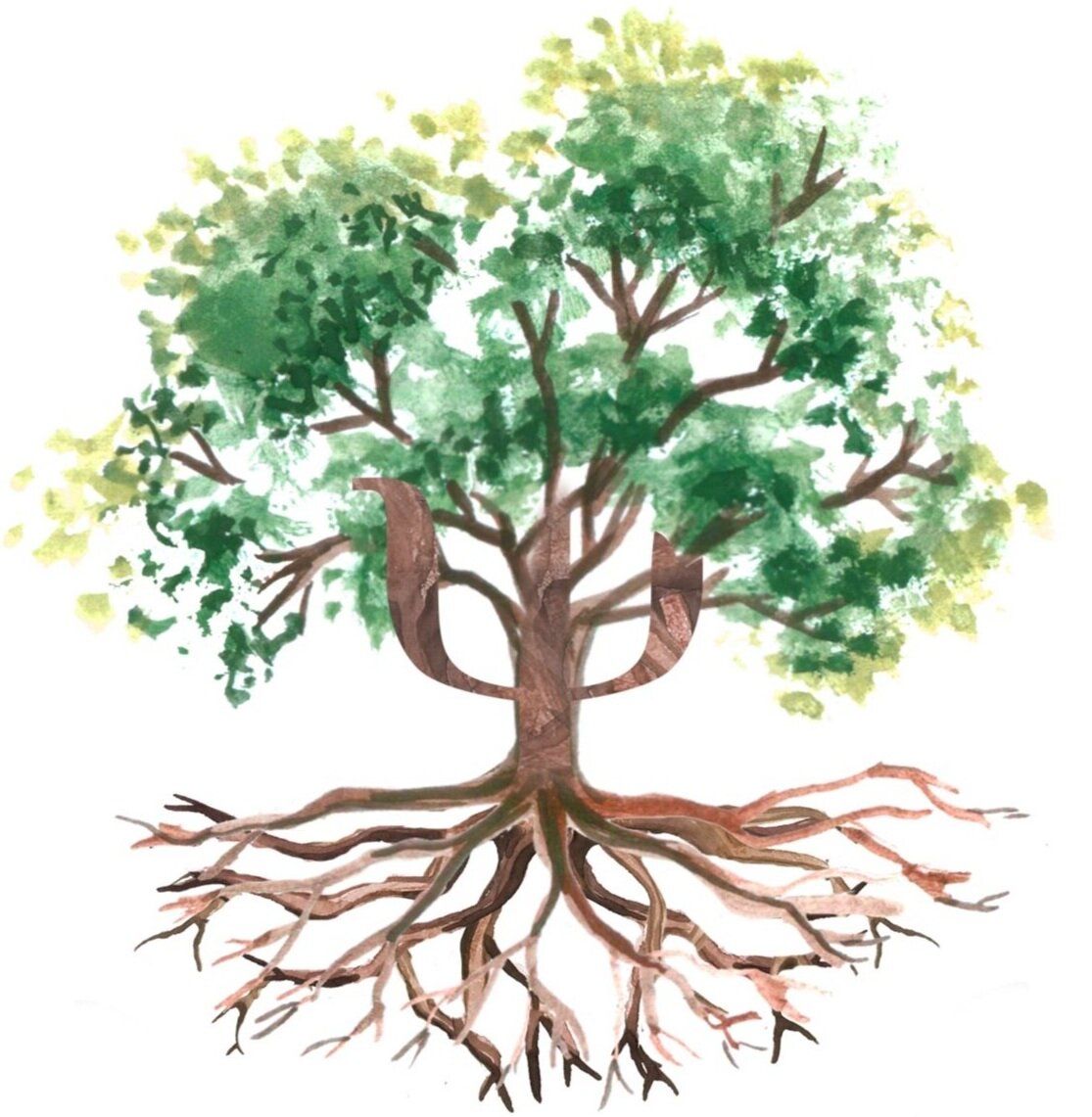ADDICTIONS
Alcohol Addiction and Abuse
Alcohol has been around for thousands of years - but so has problematic consumption of alcohol.
Difficulty walking, blurry vision and slurry speech, slow reaction times, memory blackouts: we know that alcohol affects our brain and body. Read on the find out what the effects of alcohol abuse are and Alcohol Use Disorder.
The consumption of alcohol has often been viewed as a catalyst for social interaction.
But as one of the few legally permitted substances widely available to the public, we continue to over-indulge. What happens when one consumes too much alcohol?
Consuming too much alcohol may result in alcohol intoxication, withdrawal or even developing alcohol use disorder. As the consequences of drinking too much alcohol are well-documented and abundant, hence most countries have a legal drinking age of 18 and above. The impact that alcohol addiction has around the world are one of the most destructive due to the impact it has on the abuser’s lives and those around them.
The recommended maximum daily intake for alcohol by the Ministry of Health are 1 standard drink a day (for women) and 2 standard drinks a day (for men). This is estimated to be around 1 can of beer, 100ml of wine or 30ml of spirits.
Source: HealthHub SG
Alcohol intoxication
Alcohol intoxication (aka being drunk) is the recent ingestion of alcohol resulting in clinically significant problematic behavioural or psychological changes. But you didn’t need a psychologist or a doctor to tell you that. Many of us have experienced one or more symptoms following the use of an inordinate amount of alcohol:
Slurred speech
Incoordination
Unsteady gait
Nystagmus (repetitive, uncontrolled movements of the eye, reducing vision and depth perception)
Impairment in attention or memory
Stupor or coma
Alcohol Withdrawal
Alcohol withdrawal is the presence of characteristic withdrawal symptoms that develop after cessation of, or reduction in, alcohol consumption. Symptoms typically develop within a few hours or days after prolonged use, and cause significant distress or impairment in social, occupational, or other important areas of functioning. Two or more of the following symptoms must be present after cessation of alcohol use:
Autonomic hyperactivity
Increased hand tremor
Insomnia
Nausea or vomiting
Transient visual, tactile, or auditory hallucinations or illusions
Psychomotor agitation
Anxiety
Generalized tonic-clonic seizures (eg. Lose consciousness, stiffen muscles, jerking motions)
What is Alcohol Use Disorder (Alcoholism)?
Alcohol Use Disorder (AUD or Alcoholism) is the problematic pattern of alcohol consumption, hallmarked by a cluster of behavioural and physical symptoms, which can include withdrawal, tolerance and craving. A craving for alcohol might be present too, where an individual experiences a strong desire to drink. This might result in difficulties thinking about anything else and often results in the onset of drinking.
Most people with alcoholism often have to drink more and more to attain the desired effect due to the increased tolerance they built and have problems controlling their consumption of alcohol. This often results in a significant impairment of daily activities or functioning, due to the intoxicating effects alcohol has on the human body.
For a diagnosis of alcohol use disorder, at least 2 of the following symptoms occurring within a 12-month period must be met:
Alcohol is often taken in larger amounts or over a longer period than was intended
Persistent desire or unsuccessful efforts to cut down or control alcohol use
A great deal of time is spent in activities necessary to obtain alcohol, use alcohol, or recover from its effects
Craving or a strong desire or urge to use alcohol
Recurrent alcohol use resulting in a failure to fulfil major role obligations at work, school, or home
Continued alcohol use despite having persistent or recurrent social or interpersonal problems caused or exacerbated by the effects of alcohol
Important social, occupational or recreational activities are given up or reduced because of alcohol use
Recurrent alcohol use in situations in which it is physically hazardous
Alcohol use is continued despite knowledge of having a persistent or recurrent physical or psychological problem that is likely to have been caused or exacerbated by alcohol
Tolerance, as defined by the following
a. Need for markedly increased amounts of alcohol to achieve intoxication or desired effect
b. Markedly diminished effect with continued use of the same amount of alcohol
Withdrawal as manifested by either of the following
a. Characteristic withdrawal syndrome for alcohol
b. Alcohol is taken to relieve or avoid withdrawal symptoms
Risk & Causes
Cultural attitudes towards drinking and intoxication often play a large role on the development of alcohol use disorders. Environments such as parties often involve the consumption of alcohol and could rapidly lead to excessive consumption. Lower barriers to entry of alcohol (eg. Cheap alcohol, parent’s do not securely store alcohol, lack of strict restrictions for alcohol purchase) also plays a large part in the development of alcohol use disorders, along with personal experiences (eg. Had a good drinking session before). Additional potential mediators of how alcohol problems develop in predisposed individuals also include heavier peer substance abuse, exaggerated positive expectations of the effects of alcohol, and suboptimal ways of coping with stress (eg. Turning to alcohol to self-soothe).
Genetics also places one at risk for development of alcoholism. The risk of developing an alcohol use disorder increases to 3-4 time the average rate for those with close relatives with the disorder.
Similar to other forms of addictions, genetic vulnerabilities predispose many people to alcohol use disorder. Adoption studies have been shown to provide evidence for this genetic vulnerability as children adopted by non-alcoholic foster parents who have alcoholic parents were twice as likely to have alcohol problems.
It is also possible that children learn poor drinking habits from their parents. Stable family relations are of paramount importance for the development of a young child as experiences of family dysfunction could lead to a lack of guidance and maladaptive behaviours such as alcohol dependency or even other substance abuse disorders.
Crisis within marital relationships could also predispose the formation of alcohol consumption habits, or even serve to maintain these habits. Arguments, sadness and self-devaluation often trigger the initial drinking patterns, and are maintained due to the self-soothing effect alcohol has on the individual.
Comorbidity with Depression
Alcohol is also highly comorbid with other disorders. As it is a depressant, it is common that depression is often comorbid with alcoholism, along with substance abuse disorders, personality disorders and eating disorders as well. Suicide is often a consequence of alcoholism as a result.
In Singapore, the prevalence of Alcohol Use Disorders are at 1.1%. This is lower than other regions, and could be attributed to strict alcohol restrictions in Singapore and the high alcohol taxes. As encouraging as that relatively low number might be, that does not negate the fact that many persons are affected by Alcohol Use Disorder.
Consequences of Alcoholism
Notable physical consequences of alcoholism include weight gain, sallow skin, puffy faces and popped blood vessels. Health complications like heart issues and liver failure are also extremely common and detrimental to the individual’s health.
Psychologically, excessive consumption could lead to dependence on alcohol as a crutch instead, eventually being counterproductive and resulting in impaired judgment and reasoning. Alcohol consumption often results from wanting to self-sooth and escape from the harshness of realities. A sense of warmth and well-being upon consumption and the removal of unpleasant thoughts increase self-esteem of individuals, reinforcing their drinking behaviour.
Aside from the physical and mental consequences of alcohol, functioning of the individual is affected as well. Life functioning overall is impaired, as an intoxicated individual is less able to drive, operate machinery, go to school, work and have problems in relationships while constantly being intoxicated. As a result, accidents might occur from driving or working while under the influence of alcohol, along with absenteeism from work and school. The individual also presents as a danger to their environment, as the risks of accidents and partner violence are increased. Intimate partner violence could result from alcohol use disorder.
Addressing Alcoholism
Management of alcohol use disorder often ranges from intensive in-patient therapy to self-help groups. Residential programmes include the 12-step approach and group-support (i.e. Alcoholics Anonymous), which often last 3 to 6 weeks. Many of these programmes utilise an acceptance based (non-judgmental) approach and offers social support from others going through the same struggles.
Upon discharge, user can be enrolled into outpatient therapy. This type of therapy might be coupled with medication to reduce side effects of acute withdrawal from alcohol.
Cognitive behavioural therapy is also effective in addressing alcohol-related problems. CBT intervention includes the development of better coping skills for stress, training and life skills, as well as modifying some of the cognitions and expectancies about alcohol. Brief interventions such as Motivational Interviewing (Cost benefit analysis and ultimately determining if individual is motivated to change) also prove to be successful in reducing consumption, through guided questioning by the clinician.
Prognosis
Outcomes for alcohol use disorder are largely successful, with around 70-90% of people reporting successful management of the disorder. Outcomes generally depend on symptom presentation, and if modern therapy and aftercare procedures are used. However, chance for relapse in alcohol-dependent people are high due to the higher vulnerability they have. Therefore, relapse prevention plans are used to decrease the possibilities of relapse by teaching clients to assess vulnerable situations and encouraging them when relapses occur.
How you can support a loved one
One way to support a loved one going through therapy for alcoholic use disorder would be to not drink around them, so as to reduce their likelihood of relapse. You could also offer to help out with their chores if it gets in the way of their therapy sessions. Patience is also necessary on both sides as the therapeutic process will be long, so don’t be too discouraged if relapse occurs! It is especially important to keep encouraging your loved ones during then.



